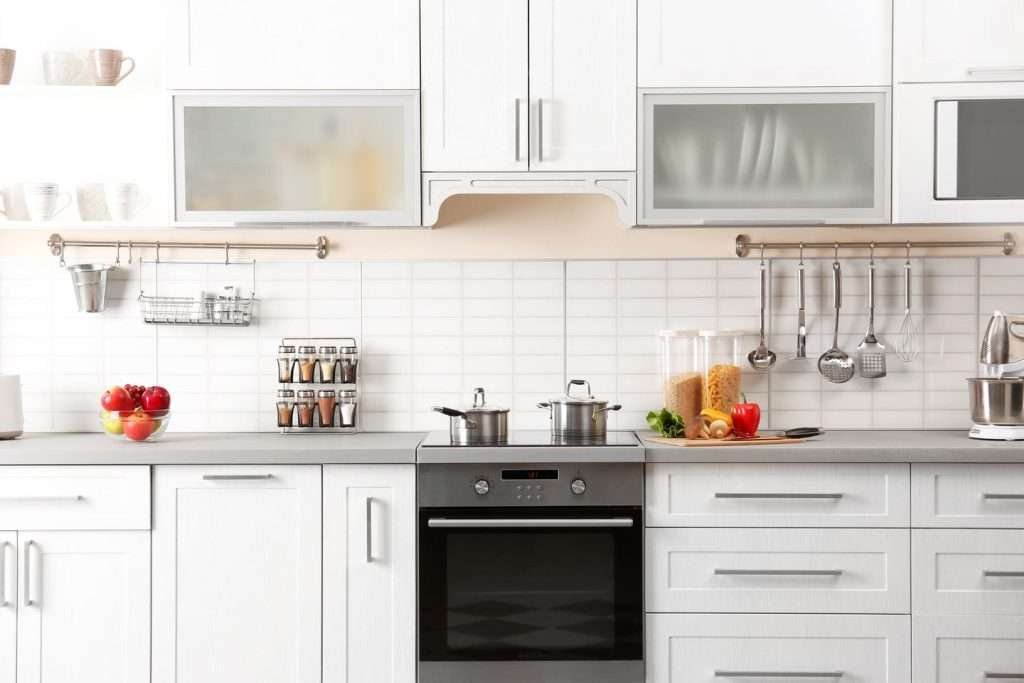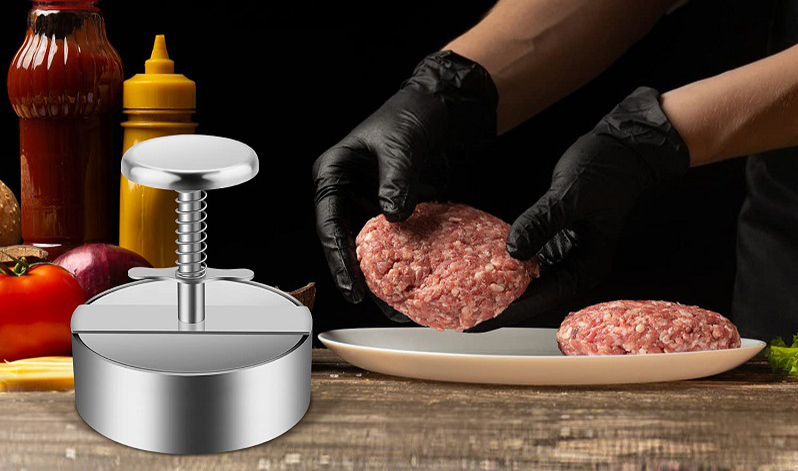The kitchen knife is the most important tool in any cook’s arsenal. But over time, even the best knives can lose their sharp edge, making it difficult to slice, chop, or cut ingredients with ease. That’s why it’s essential to learn the art of knife sharpening. In this ultimate guide, we’ll explore various techniques and tools to keep your kitchen knives sharp and in tip-top condition.
Techniques for Knife Sharpening:
There are several ways to sharpen your kitchen knives, but the most common techniques are using a honing rod, a whetstone, or an electric sharpener.
Honing Rod:
A honing rod is a long, slender metal rod that is used to realign the edge of a knife blade. To use a honing rod, hold the rod vertically with one hand and the knife with the other hand. Place the rod at the base of the knife blade and run the blade down the length of the rod at a 20-degree angle, starting from the heel of the blade to the tip. Repeat this process on the other side of the blade, making sure to keep the same angle throughout. This process is called honing and should be done before each use of the knife.
Whetstone:
A whetstone is a sharpening stone that can be used to sharpen and hone the edge of a knife. To use a whetstone, place the stone on a stable surface, such as a countertop or table, and dampen it with water. Hold the knife at a 20-degree angle and place the blade on the stone with the heel of the blade closest to you. Move the blade across the stone in a circular motion, starting at the heel and moving toward the tip. Repeat this process on the other side of the blade, using the same angle throughout. Use a finer-grit stone for a smoother edge.
Electric Sharpener:
An electric sharpener is a machine that uses abrasive materials to sharpen a knife’s edge. To use an electric sharpener, place the blade in the sharpening slot and turn on the machine. Move the blade back and forth through the slot until the edge is sharp. Some electric sharpeners have multiple slots with different abrasive materials for a finer edge.
Tools for Knife Sharpening:
In addition to the techniques above, several tools can be used to sharpen kitchen knives, including honing rods, whetstones, and electric sharpeners.
Honing Rods:
Honing rods are available in various lengths and materials, including ceramic, steel, and diamond. Diamond honing rods are the most effective for sharpening dull knives, while ceramic and steel rods are better for maintaining a sharp edge.
Whetstones:
Whetstones come in various grits, with lower grit numbers being rougher and higher numbers being smoother. Coarse stones (1000-2000 grit) are used for sharpening dull knives, while finer stones (4000-8000 grit) are used for honing and polishing.
Electric Sharpeners:
Electric sharpeners come in various shapes and sizes, with some models being more versatile than others. Some electric sharpeners have multiple slots with different abrasive materials for a finer edge. However, electric sharpeners can be expensive, and not all models are suitable for all types of knives.
Conclusion:
In conclusion, keeping your kitchen knives sharp is essential for efficient cooking and preparing delicious meals. There are various techniques and tools available for knife sharpening, including honing rods, whetstones, and electric sharpeners. Each method has its pros and cons, and the choice of which method to use depends on personal preference and the type of knife being sharpened. With practice and patience, anyone can master the art of knife sharpening and keep their kitchen knives



